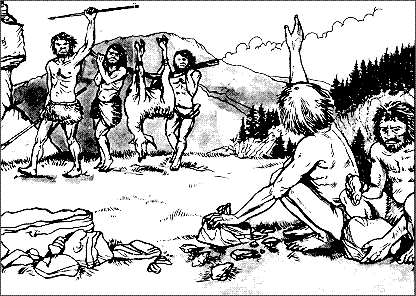THE SIGNS OF HISTORY
Home > DISCOVER > THE SIGNS OF HISTORY
Travelling through Asiago and the Plateau gives you a feeling of travelling between different historical periods, each of which has left its traces.
Rock carvings indicate that this area was inhabited since prehistoric times. Many different peoples have come to live here and the memory of them was preserved until today in legends. Reti, Cimbri, Goths, Scandinavians, Bavarian, etc., have left their traces here, as witnessed by the great heritage of traditions. Consider for example the typical Nordic mythology and the Germanic language called “Cimbrian” which still remains in many names of families and in many other words of everyday life.
From 1310 to 1807 the Spettabile Reggenza (Regency) of the 7 Municipalities was an autonomous government and an ally with the Republic of Venice.
During the First World War (1915-1918), Asiago and the other towns of the Plateau were completely destroyed by bombing, and their populations were evacuated. This sad chapter of history is known as “profugato” (from “profugo” which means “refugee”).
After the war was over, people started to return to the mountains, to reconstruct the cities, to bring the country back to life and to develop tourism in Asiago and its Plateau.
Rock carvings indicate that this area was inhabited since prehistoric times. Many different peoples have come to live here and the memory of them was preserved until today in legends. Reti, Cimbri, Goths, Scandinavians, Bavarian, etc., have left their traces here, as witnessed by the great heritage of traditions. Consider for example the typical Nordic mythology and the Germanic language called “Cimbrian” which still remains in many names of families and in many other words of everyday life.
From 1310 to 1807 the Spettabile Reggenza (Regency) of the 7 Municipalities was an autonomous government and an ally with the Republic of Venice.
During the First World War (1915-1918), Asiago and the other towns of the Plateau were completely destroyed by bombing, and their populations were evacuated. This sad chapter of history is known as “profugato” (from “profugo” which means “refugee”).
After the war was over, people started to return to the mountains, to reconstruct the cities, to bring the country back to life and to develop tourism in Asiago and its Plateau.







